
Essential PPE in the Food Industry: What You Need to Know
Overwhelmed by PPE options for food safety? Master your PPE selection for food workers safety with these practical tips.
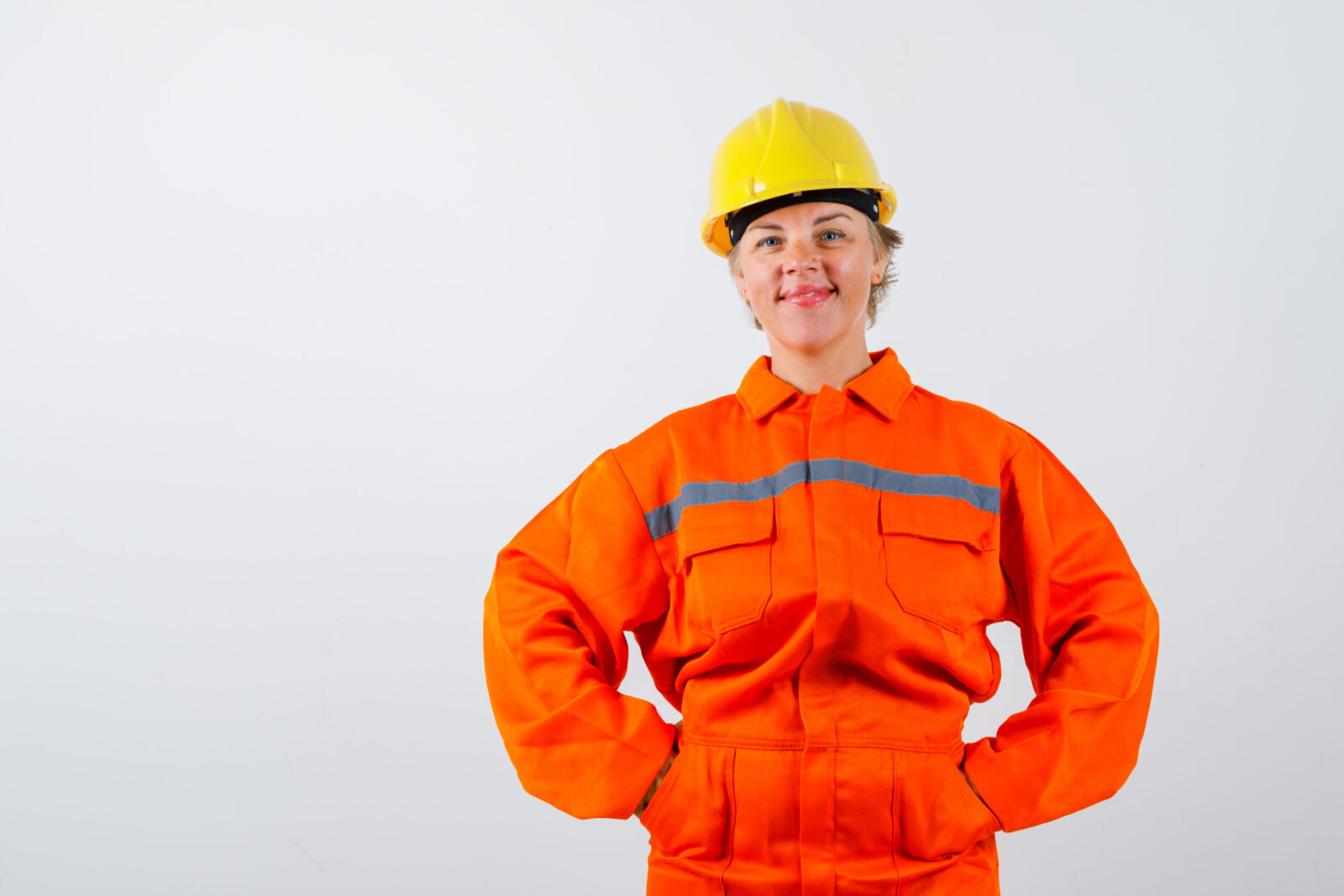
Get 20€ off on your first order!
Are you struggling to find coveralls that fit perfectly and allow you to work comfortably? This guide will show you how to measure accurately for coveralls so you can choose the right size with confidence, ensuring safety and optimal performance on the job.
With our practical advice, you’ll have all the tools you need to solve your current sizing concerns and be ready for the next step: selecting the best style and features for your specific work needs.
For a more comprehensive overview of coverall selection, check out our parent article “How to Choose the Right Coveralls – A Buyer’s Guide”.
Before you begin measuring, gather these essential tools:
Ensure you’re wearing thin or fitted clothing while measuring, as bulky clothes can distort results. Each tool plays a key role in making the process straightforward and error-free.

To achieve a perfect fit, focus on these critical areas:
Wrap the measuring tape around the widest part of your chest, typically under the armpits and across the shoulder blades. Keep the tape snug but not tight, ensuring it remains level.
Measure around your natural waistline—just above the hips and below the ribs. Keep the tape parallel to the ground.
Accurate inseam measurement ensures a clean, professional fit by measuring the length from the crotch to the bottom of the ankle. This helps prevent discomfort and ensures the coveralls sit appropriately for maximum functionality.
Stand upright and measure along the inside of the leg. This ensures your coveralls won’t drag or bunch at the hem.
Measure from the base of your neck (where a shirt collar would sit) down to your crotch. This is especially important for boiler suits or overalls that must accommodate bending and stretching.
While not primary measurements, height and weight complement other metrics to provide a more tailored fit when consulting size charts.
Use this sizing chart to match your measurements with standard European coverall sizes. First, locate your key measurements such as chest, waist, and inseam dimensions.
Then, compare them to the corresponding size range in the table below to determine the best fit. For example, if your chest measurement falls between 96-100 cm, you’ll likely need a Medium size.
Always double-check height to ensure the coveralls provide adequate length for comfort and coverage.
| Measurement | Small (S) | Medium (M) | Large (L) | Extra Large (XL) | Double Extra Large (XXL) |
| Chest (cm) | 88-92 | 96-100 | 104-108 | 112-116 | 120-124 |
| Waist (cm) | 76-80 | 84-88 | 92-96 | 100-104 | 108-112 |
| Inseam (cm) | 74-76 | 78-80 | 82-84 | 86-88 | 90-92 |
| Height (cm) | 160-170 | 170-180 | 180-190 | 190-200 | 200+ |
Always cross-check with the manufacturer’s specific sizing guide for best results. For example, this Ansell sizing FAQ offers additional tips.
If you plan to wear clothing layers underneath, adjust your chest and waist measurements by adding 5-10 cm. This simple step ensures a comfortable fit that accommodates layers, making your coveralls versatile for varying temperatures and conditions. This is particularly useful for industries such as construction or outdoor maintenance, where layering is common to adapt to varying temperatures.
Look for long-torso or tall-size options, which provide additional room in the torso length and inseam. These are ideal for mechanics or factory workers who frequently bend and stretch throughout their shifts.
Opting for one size larger can provide enhanced mobility and flexibility, making it easier to perform tasks that involve stretching, bending, or working overhead in active environments. This is especially recommended for roles such as electricians or warehouse workers, where mobility and flexibility are essential.
When selecting coveralls, it is essential to ensure compliance with European Norm (EN) standards for safety and protection. These standards certify that the garments meet specific criteria for different work environments and hazards. Below is a table summarizing key EN standards to consider:
| Standard | Description |
| EN 343 | Protection against rain and inclement weather. Ensures water resistance and breathability. |
| EN 471 / EN ISO 20471 | High-visibility clothing standards for visibility in low-light conditions, crucial for outdoor and roadside work. |
| EN 1149-5 | Protection against electrostatic discharge, essential in environments with flammable gases or dust. |
| EN 11612 | Clothing for protection against heat and flames, suitable for welders or workers in high-temperature environments. |
| EN 11611 | Protective clothing designed for use in welding and allied processes. |
| EN 14116 | Protection against limited flame spread, for safety in environments with moderate flame risk. |
| EN 14605 | Protective clothing against liquid chemicals, required in industrial cleaning or chemical handling environments. |
Before purchasing coveralls, verify the EN certification on the product label or manufacturer’s specifications to ensure they meet the demands of your work environment. Learn more about EN Standards from this guide in Wikipedia.
Once your coveralls arrive, follow these steps to confirm the fit:
Here are some practical adjustments you can make to achieve the ideal fit:
For additional workwear options, consider exploring Work Overalls and Bib Overalls, tailored for specific tasks and industries. You can also review our detailed guide on “Bib Overalls: Selecting the Right Protective Clothing”.
We hope this guide has equipped you with the knowledge to confidently measure and select the perfect coveralls for your needs, ensuring comfort, safety, and efficiency in any work environment. By following the tips and using the provided size chart, you’re not just buying clothing—you’re making an investment in your safety and productivity.
Explore our comprehensive selection of coveralls to find trusted brands and styles that fit your requirements. Need advice on maintaining your workwear? Check out our article on “How to Maintain and Clean Your Coveralls for Longevity”. We’re always here to help ensure you’re prepared for every step of your workday.
If your measurements fall between two sizes, it’s generally recommended to choose the larger size. This ensures comfort and flexibility, especially when layering clothing underneath or performing physically demanding tasks.
Yes, many manufacturers offer customizable options for coveralls, including additional pockets, reinforced stitching, or flame-resistant materials. Check with the supplier or retailer for customization services tailored to your industry.
To maintain the fit and durability of your coveralls, wash them according to the manufacturer’s care instructions. Avoid high heat during washing and drying to prevent shrinkage, and regularly inspect for wear and tear, such as weakened seams or damaged zippers.
Yes, many brands offer coveralls designed specifically for women, with tailored fits that accommodate different body shapes. These options provide the same level of functionality and protection while ensuring better comfort and style.
For extreme cold, insulated coveralls made from materials like quilted cotton or polyester blends are ideal. In hot climates, lightweight, breathable fabrics like cotton or moisture-wicking blends provide comfort while maintaining durability. Always select materials appropriate for the specific weather and work conditions.
Thank you! You've signed up for our newsletter.
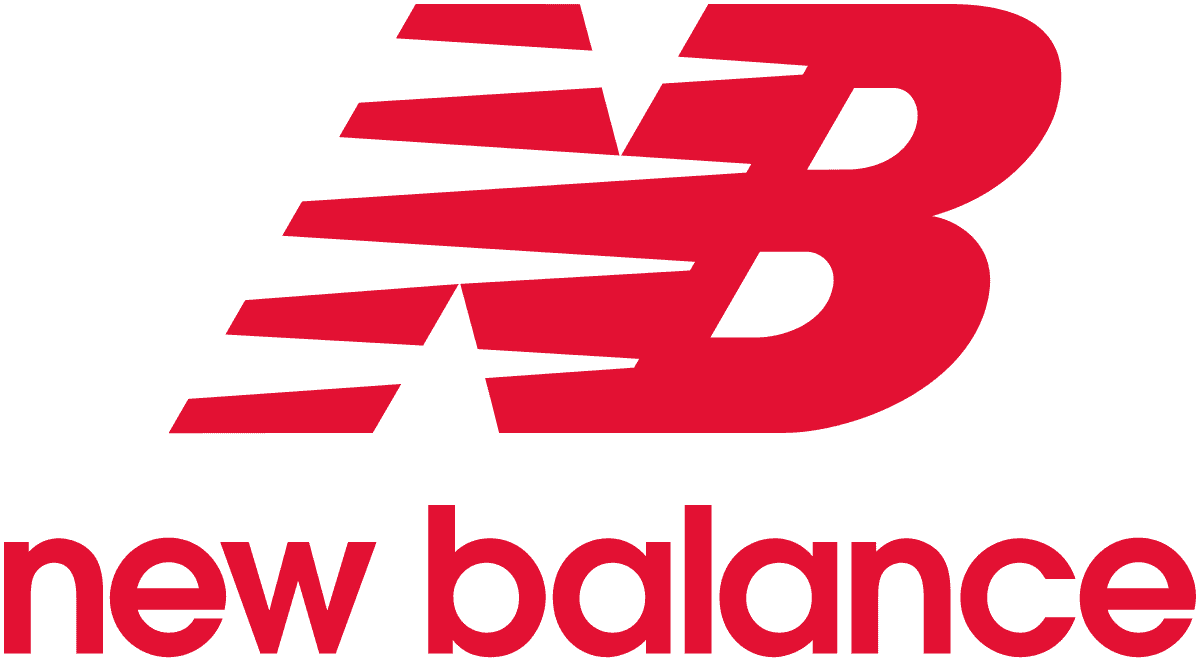

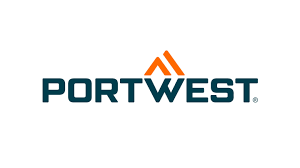

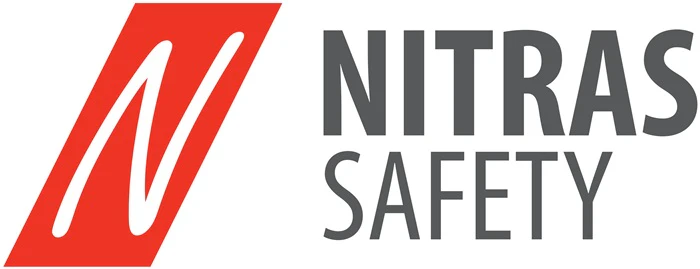





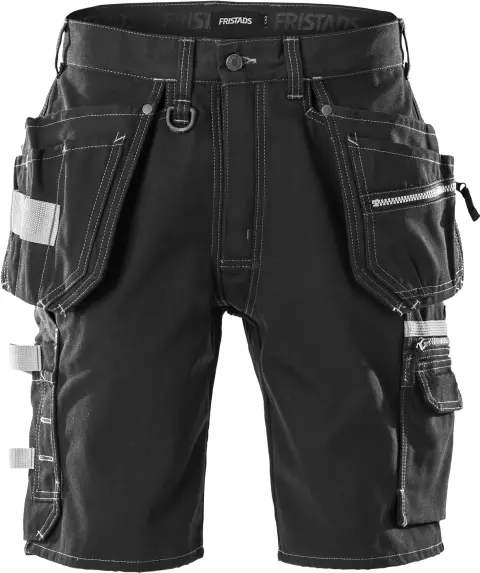
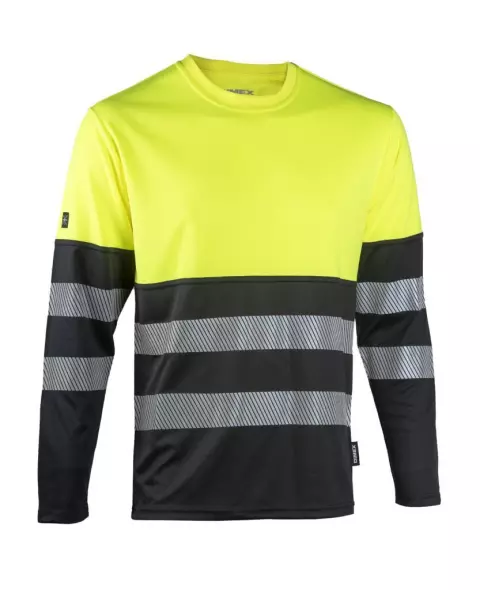
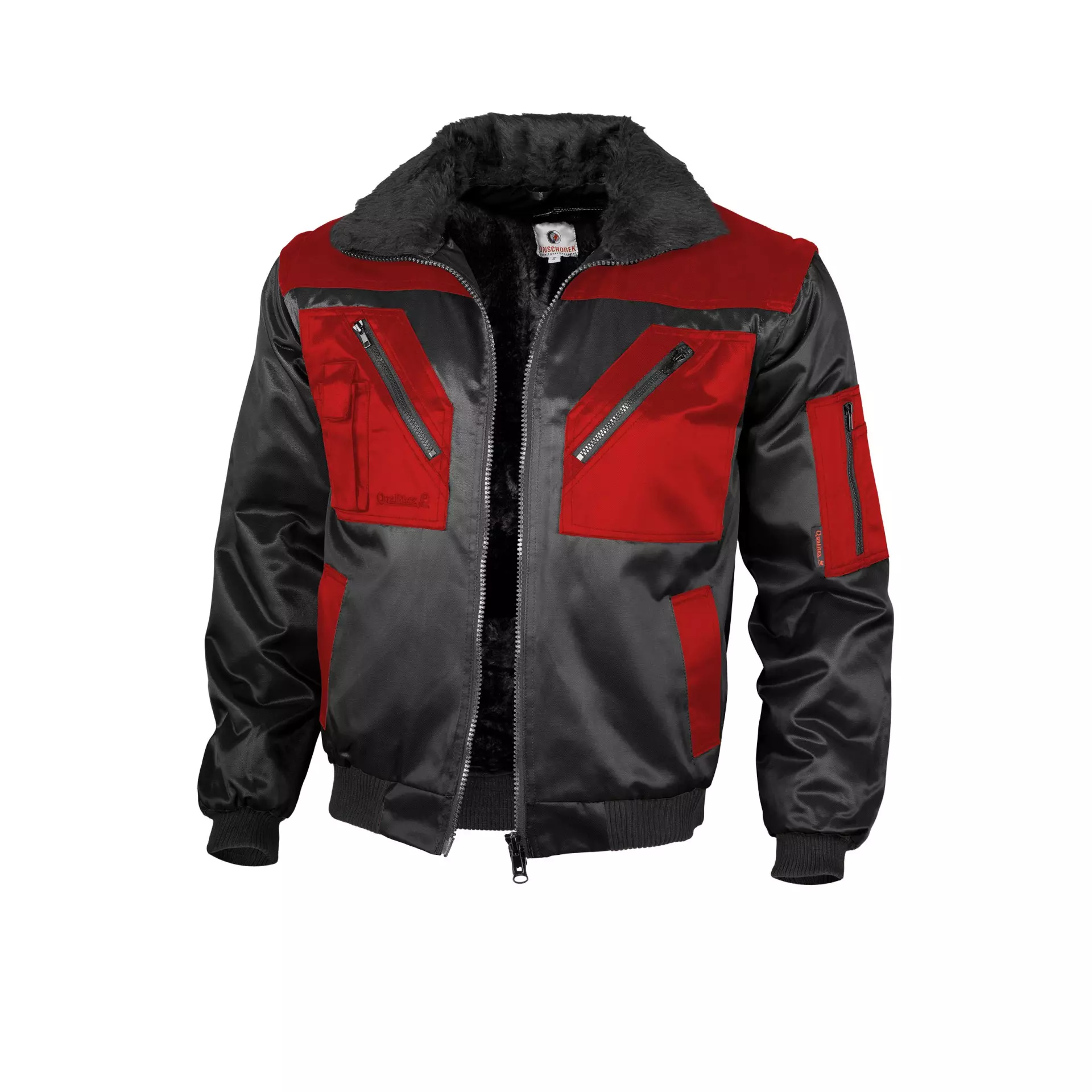
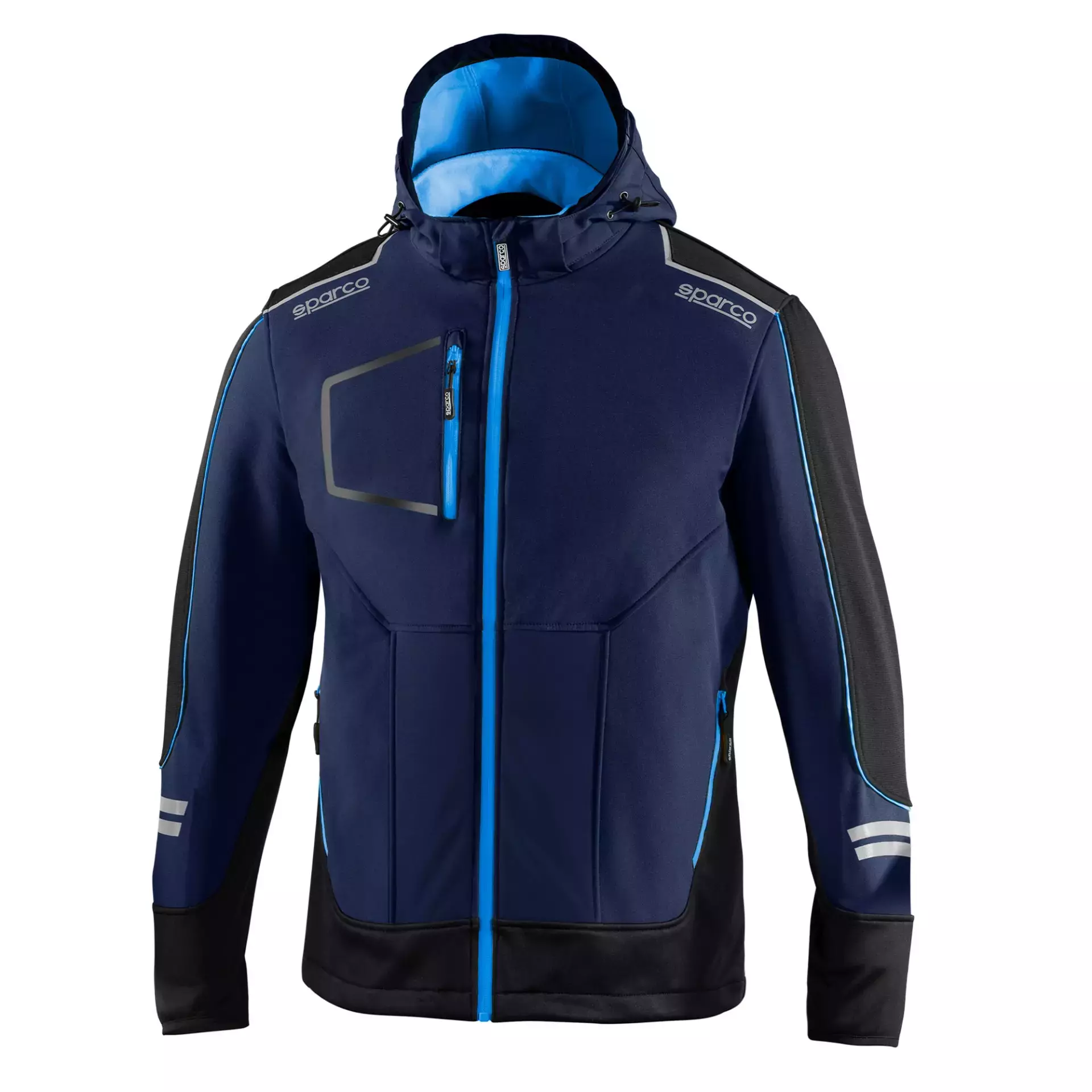





Overwhelmed by PPE options for food safety? Master your PPE selection for food workers safety with these practical tips.

Struggling to maintain clear vision in demanding environments? This guide is here to help. By the end, you’ll know exactly...

Electricians across Europe face unique challenges that require reliable safety glasses to ensure both protection and efficiency. Whether safeguarding against...

Overwhelmed by PPE options for food safety? Master your PPE selection for food workers safety with these practical tips.

Struggling to maintain clear vision in demanding environments? This guide is here to help. By the end, you’ll know exactly...

Electricians across Europe face unique challenges that require reliable safety glasses to ensure both protection and efficiency. Whether safeguarding against...
Get 20€ off on your first order!
Save 30% by buying directly from brands, and get an extra 10€ off orders over €100
Save 30% by buying directly form brands, and get an extra 10€ off orders over €100